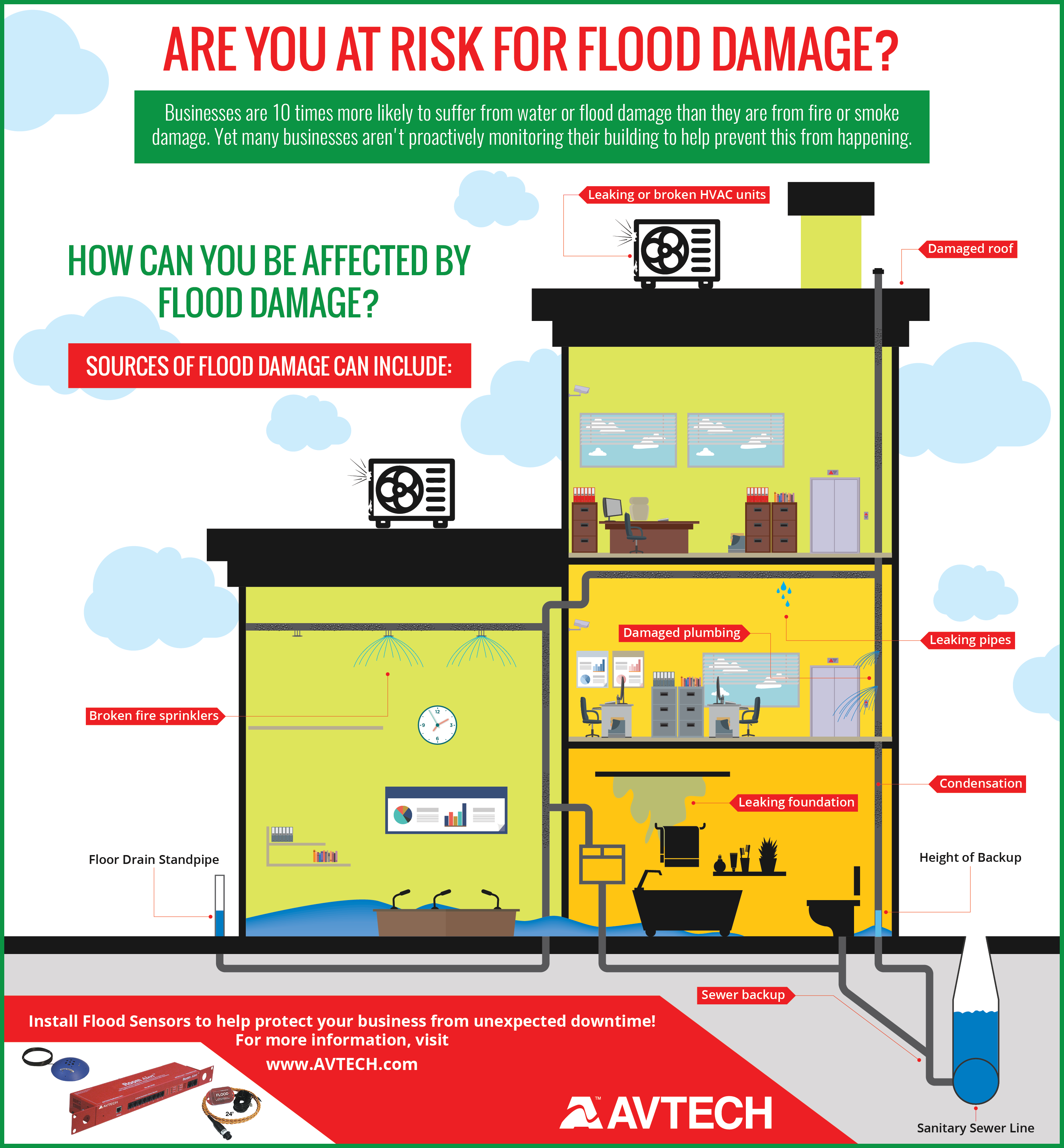When picking the roof covering material for your home, it's essential to consider the benefits and downsides each option presents. From the cost of asphalt shingles to the longevity of metal roof covering, there are vital factors to think about before deciding. As you discover the variety of options readily available, recognizing the trade-offs can aid you make an educated option that fits your requirements and spending plan.
Asphalt Shingles
When it concerns roof products, asphalt tiles are a preferred option for several home owners. They use an affordable solution that's easy to install and comes in a range of colors and designs to suit your home's visual. Asphalt roof shingles are durable and can endure different weather, giving protection for your home for several years to come. In addition, they need very little maintenance, making them a convenient choice for busy house owners.
Among the drawbacks of asphalt shingles is their relatively much shorter lifespan contrasted to some other roof covering materials. Depending on the high quality of the shingles, they generally last around 20-30 years prior to requiring substitute.
Another factor to consider is that asphalt shingles might not be as environmentally friendly as some alternate products, as they're petroleum-based and not conveniently recyclable.
Steel Roofing
Metal roof covering is gaining appeal among home owners for its longevity and durability. If you're seeking a roof product that can last half a century or even more, steel could be the right option for you.
One of the crucial advantages of steel roofs is their resistance to extreme climate condition like heavy rain, hail, snow, and strong winds. They're also fire-resistant, minimizing the threat of damages in case of a fire.
Additionally, metal roofs are reduced upkeep and can be a lot more energy-efficient contrasted to standard asphalt shingles. They show solar induction heat, aiding to keep your home colder in the summertime and potentially decreasing your energy expenses.
Nevertheless, it is necessary to keep in mind that steel roofing systems can be much more pricey ahead of time than various other roof covering materials. Some property owners also share concerns regarding sound during hefty rainfall or hail storm, however correct insulation can help reduce this issue.
Eco-Friendly Options
For property owners seeking ecologically mindful selections, environmentally friendly roof covering materials offer sustainable options that minimize the influence on the earth.
One preferred option is solar roof covering floor tiles, which harness the power of the sun to produce electrical energy for your home, minimizing your carbon footprint.
One more eco-friendly choice is awesome roofs, which are made to reflect more sunlight and soak up much less warm, therefore decreasing power usage for cooling.
Recycled tiles made from materials like rubber, plastic, or wood fibers are also eco-friendly alternatives that draw away waste from garbage dumps.
In addition, eco-friendly roofs, covered with vegetation, not only provide insulation but likewise absorb rainwater, lowering runoff and improving air high quality.
While https://www.fastcompany.com/90625857/this-giant-roofing-company-just-figured-out-how-to-recycle-shingles might come at a greater preliminary cost, the lasting benefits of power savings, durability, and ecological impact make them an audio investment for both your home and the earth. Think about Click That Link to make a positive difference while keeping your home safe and comfortable.
Conclusion
To conclude, when it comes to selecting a roof covering product, it is essential to evaluate the benefits and drawbacks of each alternative to find the best suitable for your demands. Asphalt roof shingles supply price and easy setup, while metal roof gives sturdiness and long life. Environment-friendly choices like solar roof covering ceramic tiles and environment-friendly roofings can profit both the setting and energy usage. Consider your top priorities and spending plan to make the ideal choice for your home.
